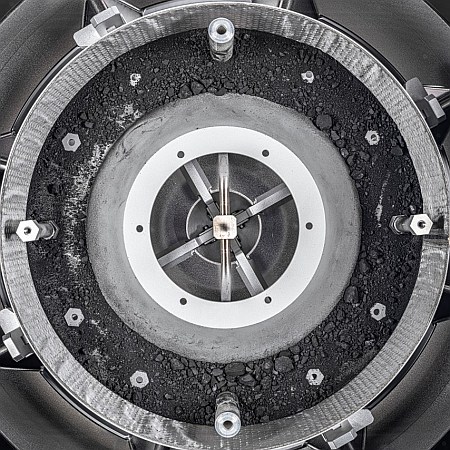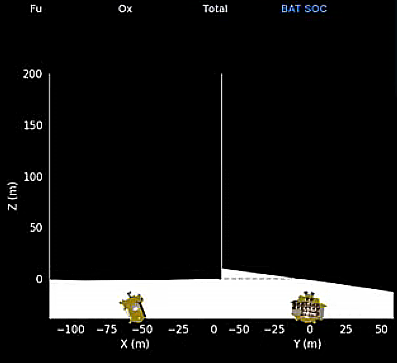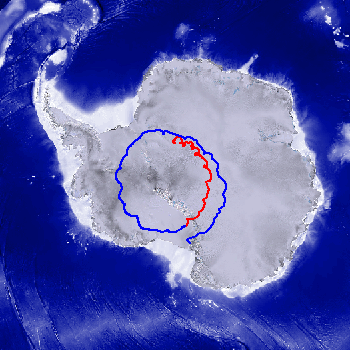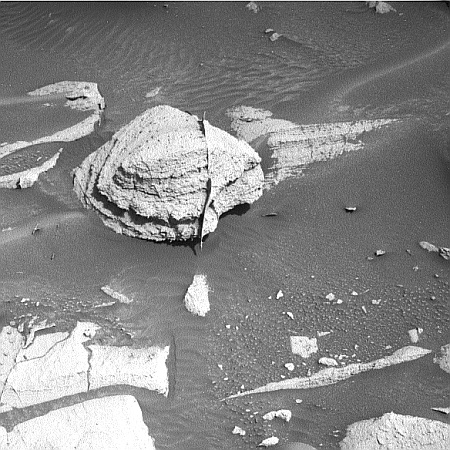Iran launches another satellite
Iran today claimed its second satellite launch in less than four months, placing a smallsat into an orbit its state-run press said was 466 miles high.
As yet this launch has not been confirmed by the U.S. military or any other sources. Like its previous launch in September, the information released is so slim it is unclear if the satellite is in orbit or not. This launch however used a new three-stage solid-fueled rocket dubbed Qaem-100, and from the image released, appears powerful enough to do the job.
Meanwhile, SpaceX once again scrubbed a Starlink launch, the third time in three days, due to weather, illustrating once again that despite the company’s almost clockwork ability to launch, its goal of reaching 150 launches in 2024 could be stymied simply by not having enough clear days where weather is not a problem.
The 2024 launch race:
6 SpaceX
5 China
1 India
1 ULA
1 Japan
1 Iran
Iran today claimed its second satellite launch in less than four months, placing a smallsat into an orbit its state-run press said was 466 miles high.
As yet this launch has not been confirmed by the U.S. military or any other sources. Like its previous launch in September, the information released is so slim it is unclear if the satellite is in orbit or not. This launch however used a new three-stage solid-fueled rocket dubbed Qaem-100, and from the image released, appears powerful enough to do the job.
Meanwhile, SpaceX once again scrubbed a Starlink launch, the third time in three days, due to weather, illustrating once again that despite the company’s almost clockwork ability to launch, its goal of reaching 150 launches in 2024 could be stymied simply by not having enough clear days where weather is not a problem.
The 2024 launch race:
6 SpaceX
5 China
1 India
1 ULA
1 Japan
1 Iran














